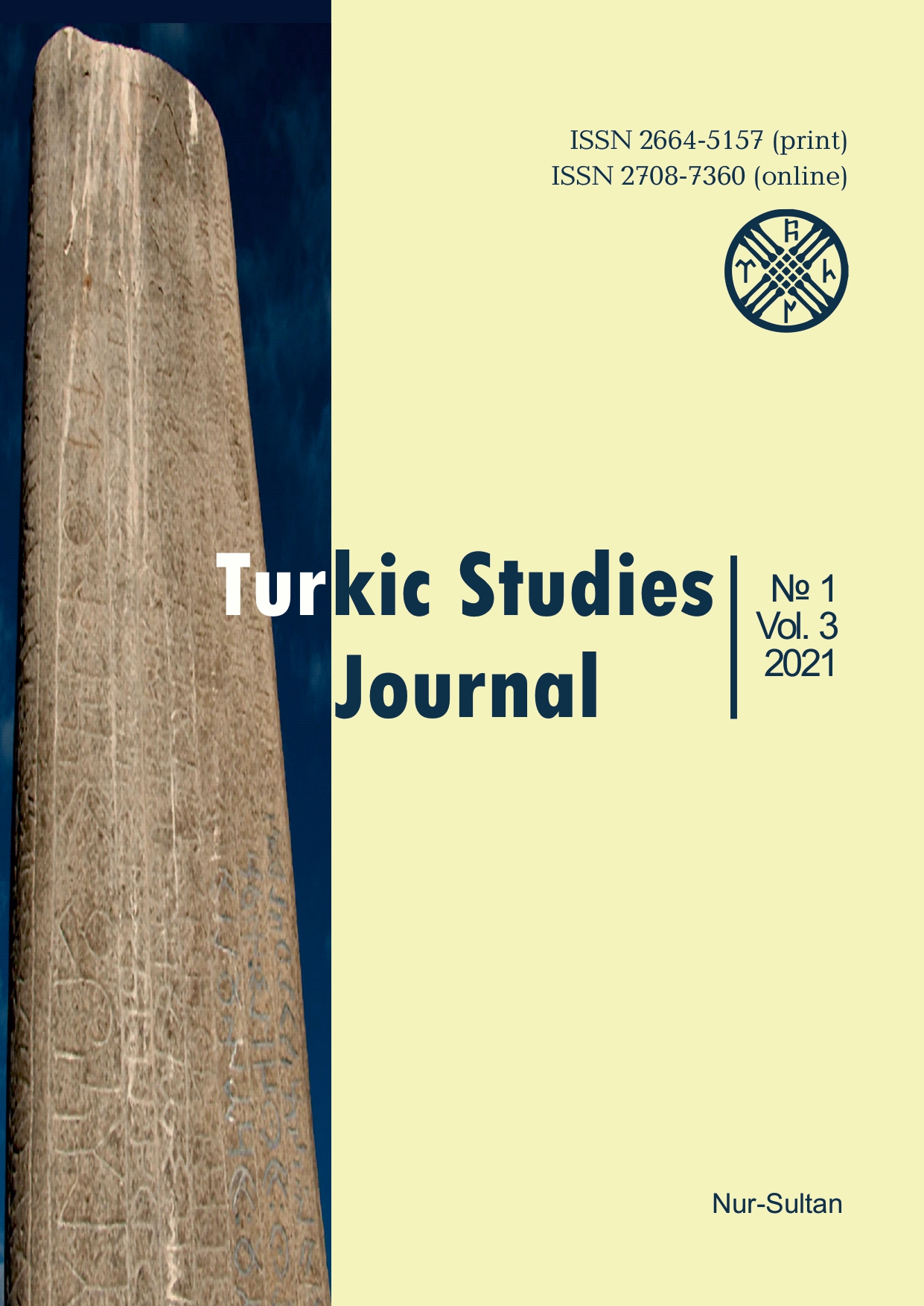Traditional Water Use System in Аral Region (on expeditional materials)
Views: 172 / PDF downloads: 98
DOI:
https://doi.org/10.32523/2664-5157-2021-1-13-32Keywords:
Sandy settlements, types of wells, plant fortifications, stone fortifications, artisan watersAbstract
An ethnographic expedition on the traditional water use system covered the settlements
of Karakum, Sazdy, Shizhaga, Tapa, Zhalanash, Akbay in the Aral Sea region. In these settlements,
the traditional system of water use is provided by groundwater sources. Regional ethnographic
features of the traditional system of folk knowledge about the groundwater extraction, groundwater
storage in wells are preserved in the sandy and desert regions of the Aral Sea. In the Aral Sea region,
depending on the local material and soil composition, there are permanent and temporary types
of traditional wells. Wells with fortified walls of zhuzgun (dүzgen), heather (kokbut), and stones
provided permanent types of wells. Sand wells with unreinforced natural walls and ice pits or ice
wells cut over the river in winter are considered temporary wells. Residents of the Aral Sea region
have mastered the traditional method of natural drying for a year of zhuzgun or heather, chosen for
lining the walls of wells. Stacking the well’s walls provides information not only about the traditional
system of hydraulic engineering, but also about the unique art of underground construction.


























